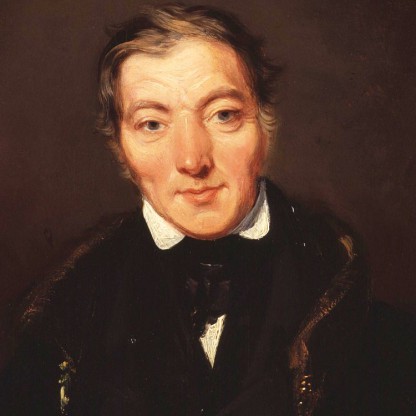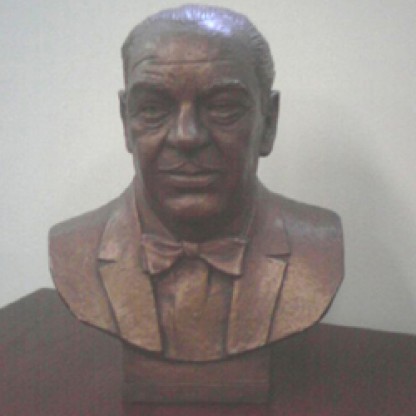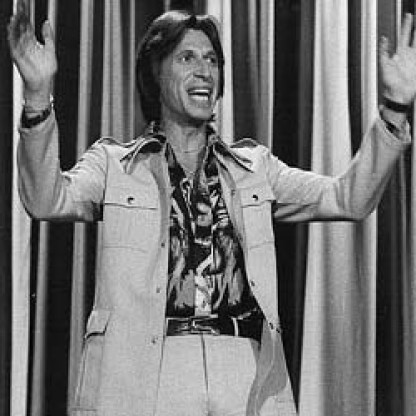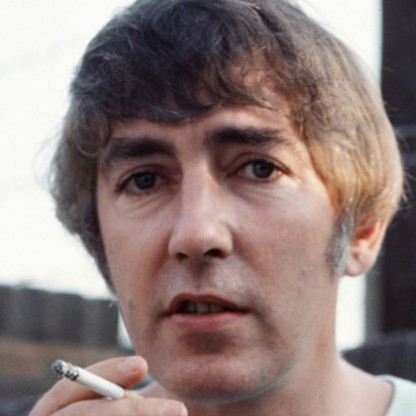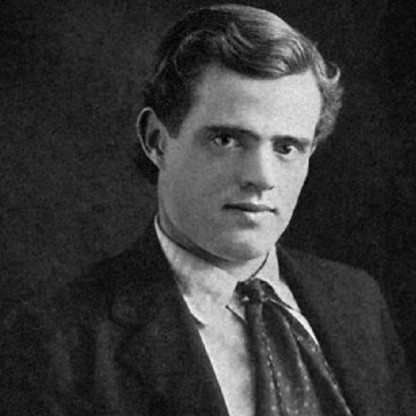In 1918, Hurston began her studies at Howard University, where she became one of the earliest initiates of Zeta Phi Beta sorority and co-founded The Hilltop, the university's student newspaper. While there, she took courses in Spanish, English, Greek and public speaking and earned an associate degree in 1920. In 1921, she wrote a short story, John Redding Goes to Sea, which qualified her to become a member of Alaine Locke's literary club, The Stylus. Hurston left Howard in 1924 and in 1925 was offered a scholarship by Barnard trustee Annie Nathan Meyer to Barnard College of Columbia University, where she was the college's sole black student. Hurston received her B.A. in anthropology in 1928, when she was 37. While she was at Barnard, she conducted ethnographic research with noted Anthropologist Franz Boas of Columbia University. She also worked with Ruth Benedict as well as fellow anthropology student Margaret Mead. After graduating from Barnard, Hurston spent two years as a graduate student in anthropology at Columbia University. Living in Harlem in the 1920s, Hurston befriended the likes of Langston Hughes and Countee Cullen, among several others. Her apartment, according to some accounts, was a popular spot for social gatherings. Around this time, Hurston experienced a few early literary successes, including placing in short-story and playwriting contests in Opportunity magazine.

